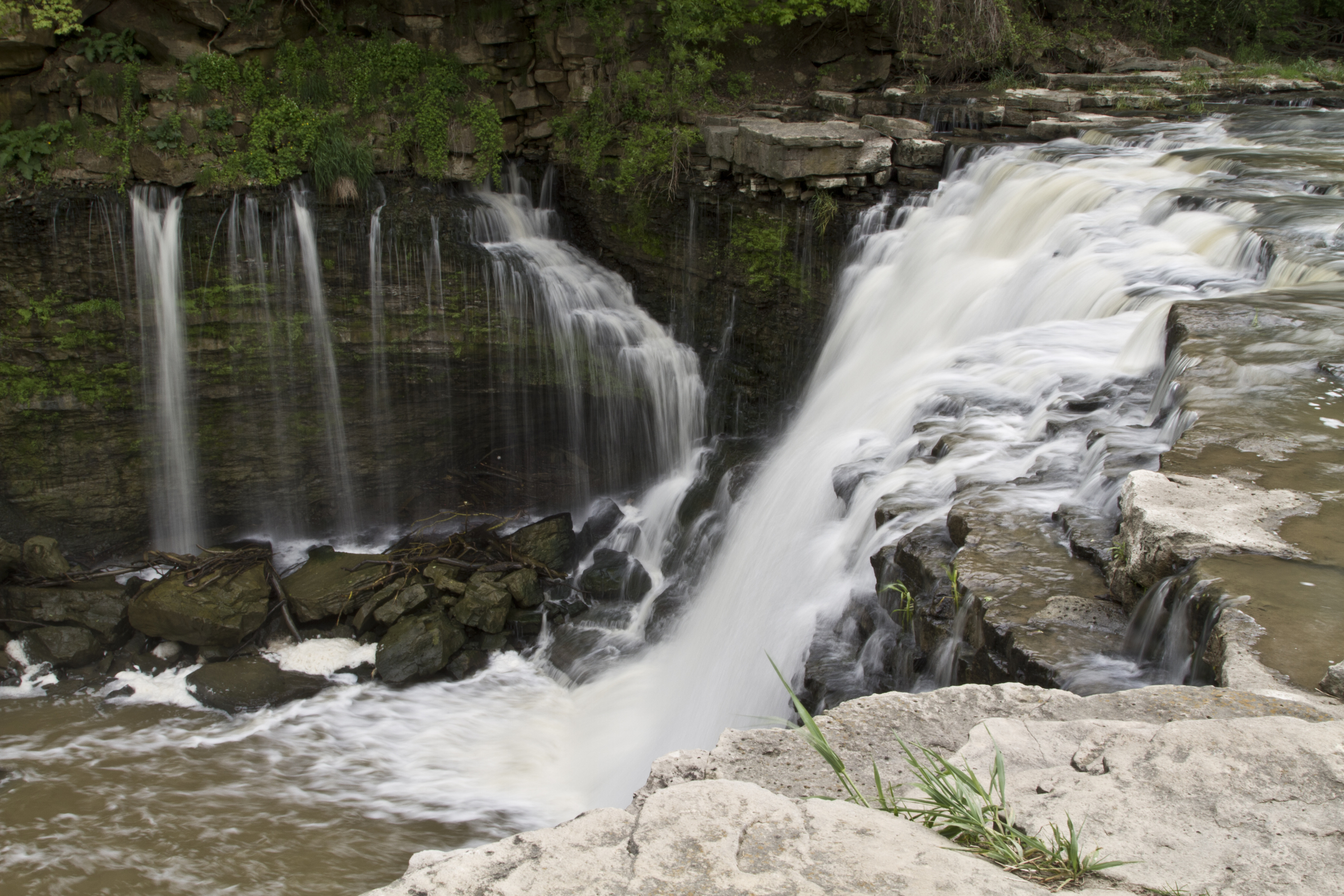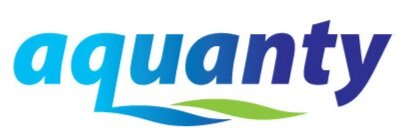

HGS RESEARCH HIGHLIGHT – Impacts of Coastal Shrimp Ponds on Saltwater Intrusion and Submarine Groundwater Discharge
This study investigates the potential impact that aquaculture can have on solute transport and saltwater intrusion in coastal settings. It is certainly an interesting read, and an interesting conceptual problem. Typically when we think of vertical saltwater intrusion it’s due to coastal inundation associated with temporary natural causes like storm surges. However, with shrimp pond aquaculture saline ponds are actually perched on top of agricultural soils, above a freshwater aquifer. In this study the authors have investigated several scenarios (varying pond water salinity, ponded water depth and farm/pond width) to see how it impacts a previously unrecognized/unstudied process contributing to groundwater salinization.


HGS RESEARCH HIGHLIGHT – Transit-Time and Temperature Control the Spatial Patterns of Aerobic Respiration and Denitrification in the Riparian Zone
The paper highlighted this week introduces a novel method of implementing temperature-dependent reactions in a HydroGeoSphere solute transport model by pairing a Lagrangian flow path-reaction model to the results of a 2nd order Runge-Kutta particle tracking analysis.

HGS Research Highlight - Dual permeability modeling of tile drain management influences on hydrology and nutrient transport in macroporous soil
This post features a recent study by Frey et al., 2016 who used 2-dimensional dual permeability HydroGeoSphere models to simulate the flow and transport of liquid swine manure and rhodamine tracer application on a macroporous clay loam under controlled (CD) and free drainage (FD) tile management.
